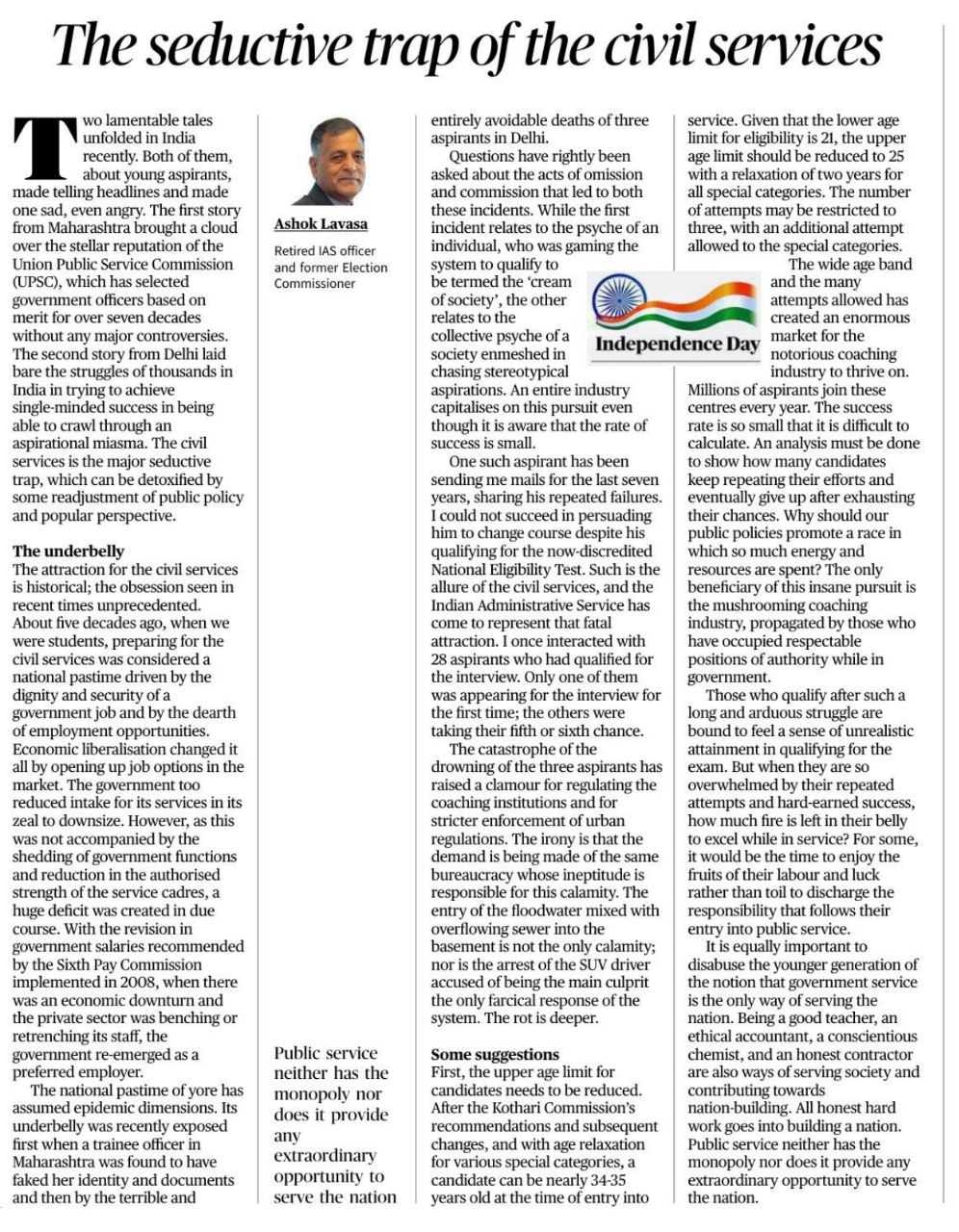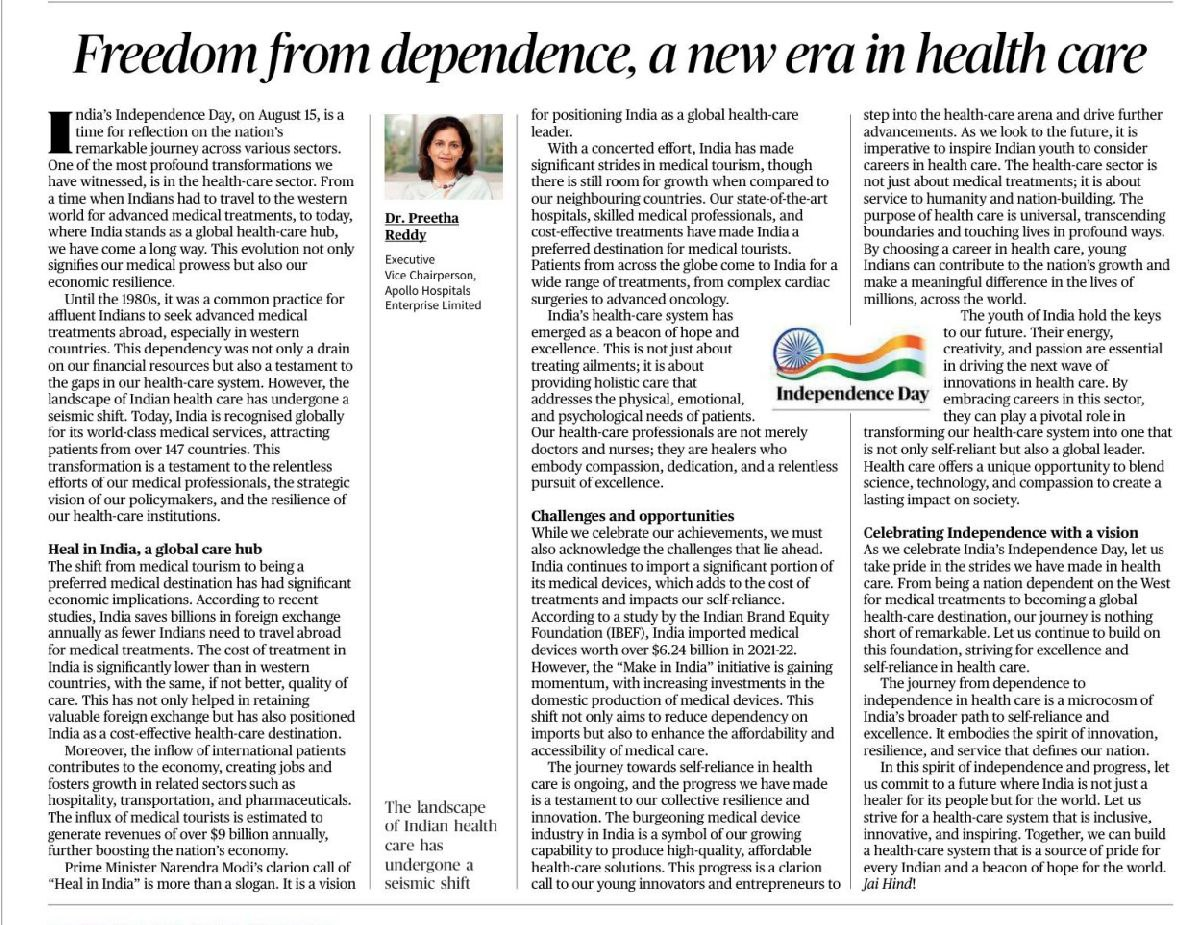Understanding the Civil Services Aspirations: A Critical Analysis
Introduction
The Indian Civil Services have long been regarded as a prestigious career choice, offering both respect and job security. However, recent incidents have shed light on the darker aspects of this pursuit. A study of these issues reveals underlying problems with both individual aspirations and systemic practices. This analysis explores the growing allure of civil services, the challenges faced by aspirants, and suggestions for reform.
The Seductive Trap of Civil Services
Historical Context and Evolution
- Historical Attraction: Traditionally, civil services were highly coveted due to job security, status, and limited employment opportunities.
- Economic Liberalization: The opening of the job market and government downsizing reduced opportunities in civil services, but the allure remained strong due to the steady pay and job security offered by government roles.
Current Scenario and Challenges
- Increased Aspirations: The competitive nature of the civil services has intensified, with many young aspirants viewing it as a prestigious goal despite the lower intake numbers and increasing difficulties.
- Recent Incidents: Two major incidents highlight the severity of the situation:
- A trainee officer in Maharashtra faked her identity to gain entry into civil services.
- Tragic deaths of three aspirants in Delhi exposed the hazardous conditions and extreme pressures associated with the examination process.
Analysis of Current Issues
Systemic Failures and Public Perception
- Coaching Industry Exploitation: The proliferation of coaching centers capitalizes on aspirants’ desperation, often providing questionable value for high fees.
- Age Limits and Attempts: Current policies allow candidates to attempt the examination multiple times, often extending their pursuit into their early thirties, which can lead to mental and financial strain.
Impact on Aspirants
- Persistent Aspirants: Many candidates repeatedly attempt the exam, often leading to disillusionment and mental health issues.
- Quality of Service: Success after numerous attempts may lead to burnout and decreased enthusiasm in actual service roles.
Suggested Reforms
Policy Adjustments
- Reduce Age Limits: Lower the upper age limit to 25 years, with relaxation for special categories. This change would ensure that candidates are entering service with a more manageable level of experience and energy.
- Limit Attempts: Restrict the number of attempts to three, with an additional chance for special categories. This would help reduce the cycle of endless attempts and encourage more diverse career paths.
Regulating Coaching Centers
- Monitoring and Accountability: Implement stricter regulations for coaching institutions to ensure they provide genuine value and do not exploit aspirants.
- Transparent Success Rates: Mandate that coaching centers disclose success rates and outcomes to potential students to help them make informed decisions.
Broadening Perspectives
- Diverse Career Paths: Promote the idea that serving the nation can be achieved through various professions, not just civil services. Careers in education, healthcare, engineering, and other fields also contribute significantly to societal development.
Conclusion
The civil services remain an attractive career path due to its prestige and security. However, the current system presents significant challenges and pressures for aspirants. By implementing policy reforms, regulating coaching centers, and encouraging a broader view of career contributions, the allure of civil services can be balanced with practical and healthier career pathways. A more inclusive and realistic perspective on serving the nation could alleviate some of the pressures and systemic issues currently faced by aspirants.
Mains Practice Question |
Q. Discuss the impact of the current civil services examination system on aspirants and suggest reforms that could address the issues highlighted by recent incidents. How can these reforms help in creating a healthier and more effective pathway for future civil servants?
|
Freedom from Dependence: A New Era in Healthcare
Introduction
- India’s journey from a country dependent on Western medical advancements to a global healthcare hub is both profound and inspiring.
- This Independence Day, as we reflect on India’s progress, one of the most notable transformations is in the healthcare sector.
- From once having to travel abroad for advanced treatments, India now stands as a leader in global healthcare, showcasing its medical expertise and economic resilience.
- This shift underscores the country’s growth and the potential for future advancements.
Historical Context
Past Dependence on Western Healthcare
- Pre-1980s Scenario: Affluent Indians often traveled to Western countries for specialized medical treatments, reflecting both the inadequacies of local healthcare and the financial drain of medical tourism.
- Economic Liberalization: The 1980s and 1990s brought significant changes, including the rise of private healthcare and a reduction in government healthcare spending, which initially did not address the gap in advanced medical care.
Shift in the Healthcare Landscape
- Post-2000 Developments: With economic growth and improvements in medical technology, India began to close the gap. The Sixth Pay Commission’s salary revisions further increased the attractiveness of government jobs, indirectly impacting the healthcare sector’s growth.
- Current Status: India has emerged as a prominent destination for medical tourism, attracting patients from over 147 countries due to its cost-effective and high-quality healthcare services.
Current Achievements and Impact
Economic Implications
- Cost-Effectiveness: Treatment in India is substantially less expensive compared to Western countries, leading to significant savings in foreign exchange. For instance, the cost of cardiac surgeries and complex oncology treatments in India is often a fraction of the cost abroad.
- Revenue Generation: The influx of international patients generates over $9 billion annually, supporting not only healthcare but also related sectors such as hospitality and transportation.
Healthcare Excellence
- Global Recognition: India’s state-of-the-art hospitals and skilled medical professionals have made it a preferred destination for a wide range of treatments. This includes complex surgeries and specialized care that meet or exceed international standards.
- Comprehensive Care: Indian healthcare institutions are increasingly recognized for providing holistic care, addressing not only physical health but also emotional and psychological needs.
Challenges and Future Directions
Dependency on Imports
- Medical Device Imports: Despite advancements, India still imports a significant portion of its medical devices. In 2021-22, medical device imports were valued at over $6.24 billion. This dependence adds to treatment costs and highlights the need for greater self-reliance.
- “Make in India” Initiative: The initiative aims to boost domestic production of medical devices, reducing import dependency and enhancing affordability and accessibility of medical care.
Encouraging Innovation and Careers
- Youth Engagement: To further drive healthcare advancements, it is essential to inspire young Indians to pursue careers in healthcare. The sector offers opportunities to blend science, technology, and compassion, contributing significantly to societal well-being.
- Role of Innovators: Young innovators and entrepreneurs are encouraged to engage in healthcare solutions, fostering a self-reliant and globally competitive healthcare system.
Celebrating Independence with Vision
Reflecting on Progress
- From Dependence to Independence: India’s evolution from relying on Western medical services to becoming a global healthcare leader is a testament to its innovation and resilience. This progress reflects broader national achievements in self-reliance and excellence.
Future Goals
- Building on Achievements: As we celebrate Independence Day, it is crucial to continue advancing healthcare, focusing on excellence, inclusivity, and innovation. By building on our achievements, India can further establish itself as a global leader in healthcare.
Commitment to a Healthier Future
- Holistic Approach: Moving forward, India’s healthcare system should aim to be a model of excellence and inclusivity. The goal is to create a healthcare environment that is not only self-reliant but also a beacon of hope and innovation for the world.
Mains Practice Question
|
Q. Discuss the transformation of India’s healthcare sector from dependency to global leadership. How has this shift impacted the economy, and what challenges remain? Suggest ways to further advance India’s healthcare system to maintain its status as a global leader.
|



